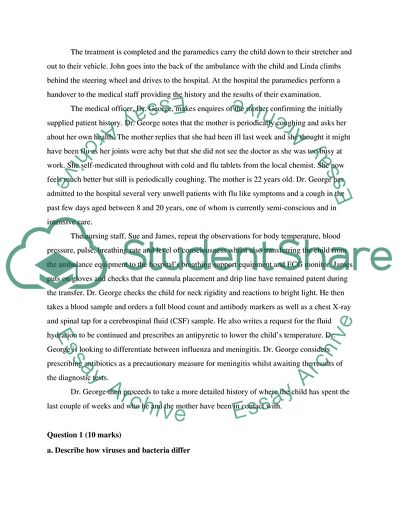Cite this document
(Virus World and Evolution of Cells Assignment Example | Topics and Well Written Essays - 2250 words - 2, n.d.)
Virus World and Evolution of Cells Assignment Example | Topics and Well Written Essays - 2250 words - 2. https://studentshare.org/health-sciences-medicine/1750216-human-bioscience
Virus World and Evolution of Cells Assignment Example | Topics and Well Written Essays - 2250 words - 2. https://studentshare.org/health-sciences-medicine/1750216-human-bioscience
(Virus World and Evolution of Cells Assignment Example | Topics and Well Written Essays - 2250 Words - 2)
Virus World and Evolution of Cells Assignment Example | Topics and Well Written Essays - 2250 Words - 2. https://studentshare.org/health-sciences-medicine/1750216-human-bioscience.
Virus World and Evolution of Cells Assignment Example | Topics and Well Written Essays - 2250 Words - 2. https://studentshare.org/health-sciences-medicine/1750216-human-bioscience.
“Virus World and Evolution of Cells Assignment Example | Topics and Well Written Essays - 2250 Words - 2”. https://studentshare.org/health-sciences-medicine/1750216-human-bioscience.


